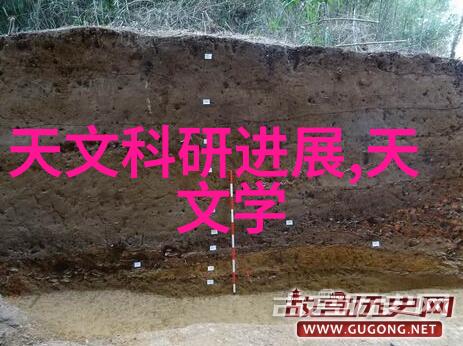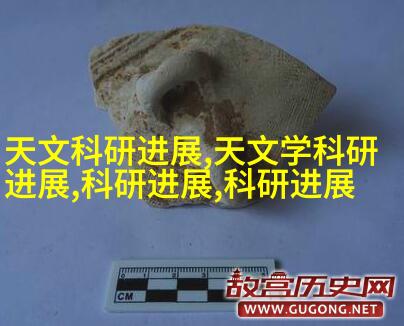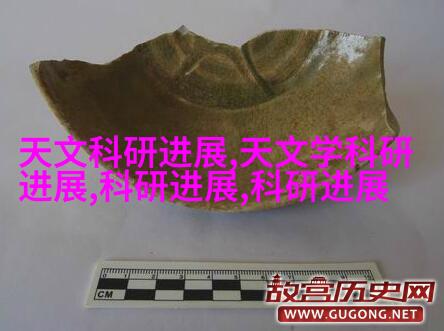Introduction

In today's modern world, a well-functioning drainage system is no longer just a luxury, but a necessity for every home and building. Among various materials used in drainage systems, PVC (Polyvinyl Chloride) has emerged as the most popular choice due to its numerous benefits such as durability, corrosion resistance, low maintenance requirements and cost-effectiveness.
Understanding the Basics of PVC Drainage Systems

A comprehensive understanding of PVC drainage systems begins with knowledge about its components. The primary components include pipes, fittings, bends and other accessories like couplings and adapters.
Choosing the Right Size of Pipes

The size of pipes depends on several factors such as water flow rate required by your household or business premises along with the length of pipe runs that need to be covered.
Importance of Fittings in PVC Drainage Systems

Fittings are an essential part of any plumbing system including those made from PVC material. They help connect different sections together while ensuring smooth water flow through the entire network.
5.PVC Pipe Bends: A Key Component in Your Underwater Journey

PVC pipe bends are used when you have sharp turns or corners within your underground piping layout which cannot be accommodated by straight pipes alone.
6.The Role Of Couplings In Connecting Two Ends Together
Couplings play a crucial role in connecting two ends together seamlessly without compromising on pressure levels or allowing leakage points to develop over time due to aging or wear & tear conditions encountered during usage cycles throughout life span until replaced eventually after years later down road after performing routine checks once annually at least 2 times per year preferably 3 times if possible so long-term reliability remains guaranteed even under heavy-duty conditions!
7.Selecting Adapters For Seamless Connection Between Different Diameters
Adapters serve another vital function; they enable seamless connections between different diameters where transitions occur naturally because it allows us not only maintain proper flow rates but also ensures watertight seals prevent leaks from happening thus maintaining overall efficiency performance level expected from this type installation specifically designed keeping safety concerns paramount always first priority!



